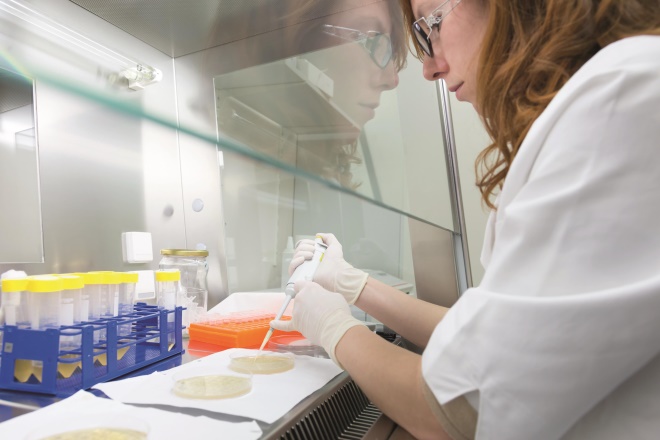
Shutterstock.com
Routine use of point-of-care testing for influenza in hospitals improves detection of the virus and the appropriate use of antivirals, results from a study in The Lancet has suggested (4 December 2020)1.
Researchers compared the use of molecular point-of-care testing (mPOCT) with routine clinical care for 613 patients admitted to hospital with acute respiratory symptoms, during two flu seasons between December 2017 and May 2019.
The team found that the 307 patients randomised to mPOCT were more likely to be correctly diagnosed and, for those testing positive for flu, receive antiviral treatment within a few hours of admission.
The primary outcome of the study — appropriate antiviral treatment within five days of admission — was achieved by 99% of patients with flu in the mPOCT group, compared with 62% of patients with flu in the routine care group (relative risk 1.6, 95% confidence interval 1.4–1.9).
The researchers also found that 70% of patients with flu in the mPOCT group were isolated correctly in single-room accommodation compared with 38% patients in the routine care group.
“We feel that this is practice changing and that guidelines should change as a result,” said Tristan Clark, associate professor and consultant in infectious diseases at the University of Southampton and University Hospitals Southampton NHS Trust.
“Obviously the current COVID-19 pandemic makes the current situation more complex but the broad principles of needing to test at the point-of-care are applicable to both conditions.”
Read more: Managing cold and flu during the COVID-19 pandemic
- 1.Clark TW, Beard KR, Brendish NJ, et al. Clinical impact of a routine, molecular, point-of-care, test-and-treat strategy for influenza in adults admitted to hospital (FluPOC): a multicentre, open-label, randomised controlled trial. The Lancet Respiratory Medicine. Published online December 2020. doi:10.1016/s2213-2600(20)30469-0


